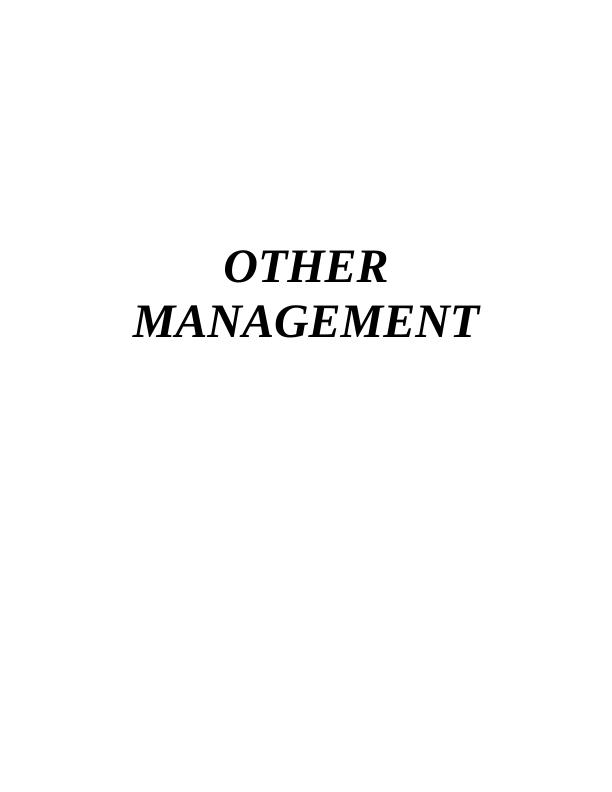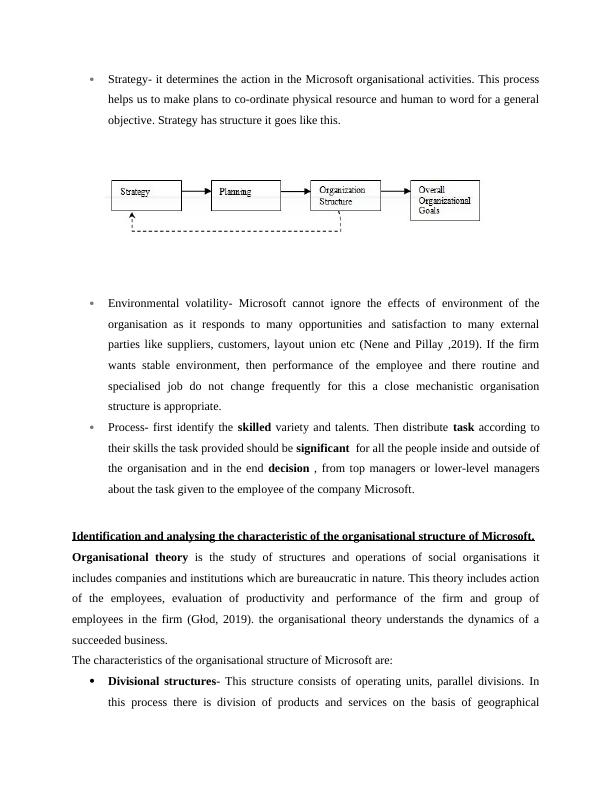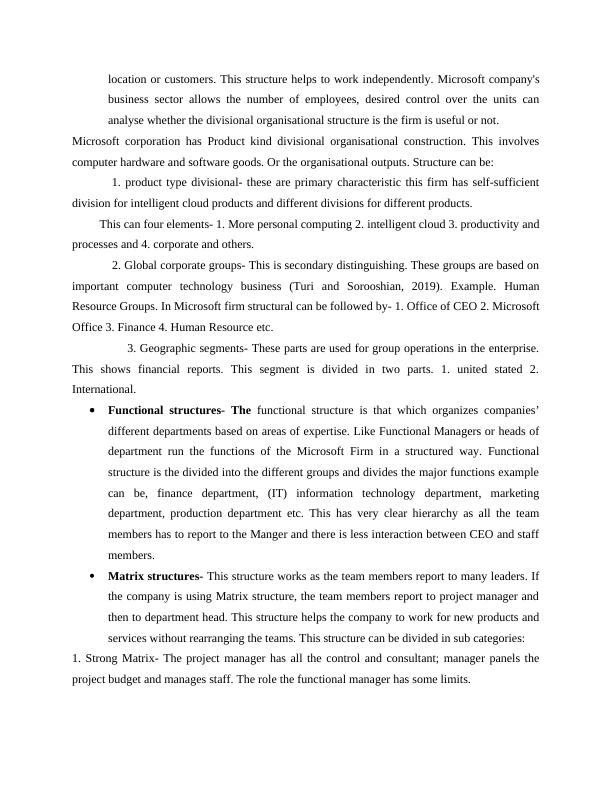Factors Affecting Organisational Structure of Microsoft
11 Pages2522 Words347 Views
Added on 2023-06-09
About This Document
This article analyses the factors that affect the organisational structure of Microsoft, including size, technology, process, strategy, and environmental volatility. It also explores the characteristics of Microsoft's organisational structure, such as divisional, functional, and matrix structures. Additionally, it discusses the relationship between the company's culture, leadership, and innovation and its growth and evolution.
Factors Affecting Organisational Structure of Microsoft
Added on 2023-06-09
ShareRelated Documents
End of preview
Want to access all the pages? Upload your documents or become a member.
Organisation Theory: Factors Influencing Organisational Structure of Microsoft
|11
|2536
|101
Organisation Theory: Factors Influencing Organisational Structure of Microsoft
|9
|2616
|190
Organisational Structure and Growth of Microsoft Corporation
|10
|2658
|464
Organizational Structure and Dynamics of Microsoft: A Case Study
|10
|2850
|461
Organizational Structure and Dynamic Processes of Microsoft
|9
|2625
|124
Organisational Structure and Growth of Microsoft
|10
|2662
|460




